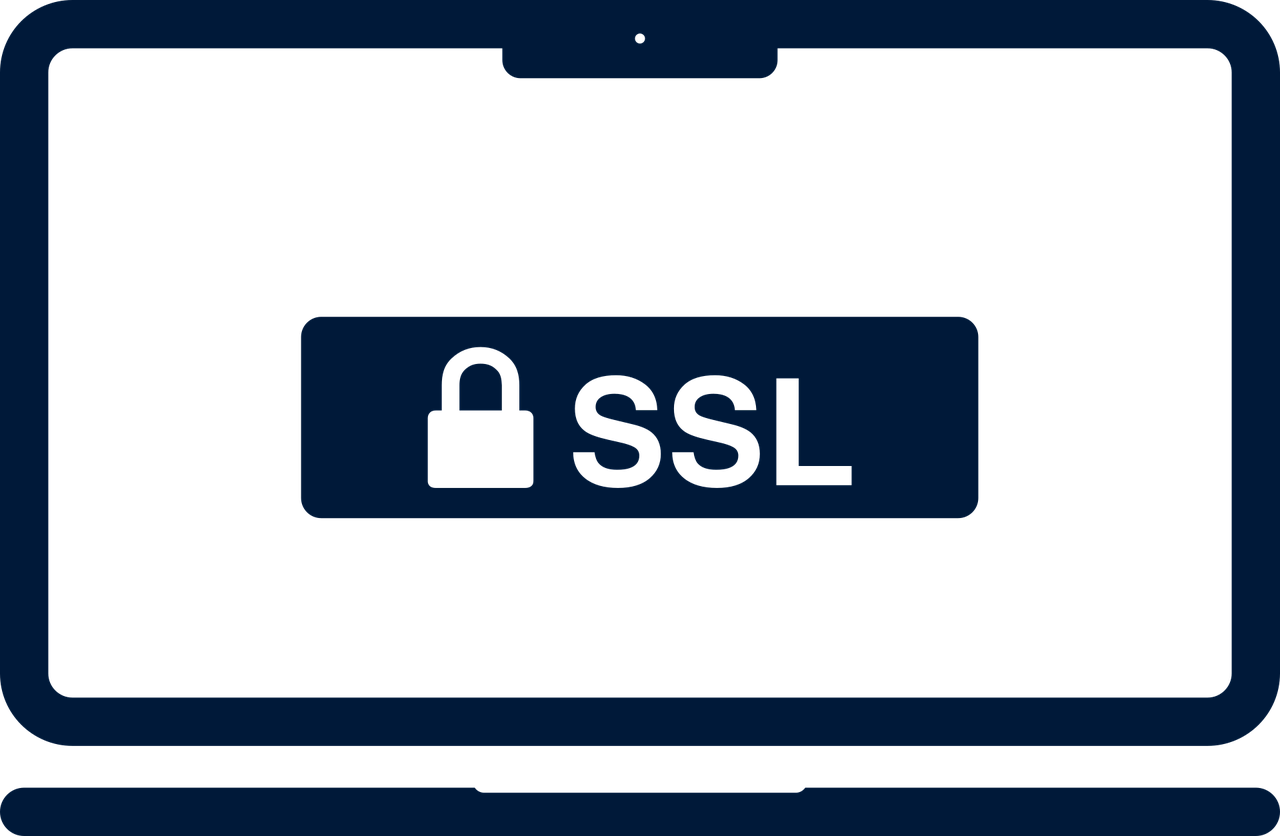In the world of search engine optimization (SEO), E-A-T stands for Expertise, Authoritativeness, and Trustworthiness. It is a concept introduced by Google to assess the quality and credibility of web pages and websites. E-A-T plays a crucial role in determining search engine rankings and is increasingly vital for online success.
Google’s algorithms have evolved to prioritize websites that demonstrate high levels of E-A-T. This means that websites with authoritative, trustworthy, and expert content are more likely to rank higher in search results. Understanding and implementing E-A-T principles can significantly impact your SEO rankings and overall online visibility.
Importance Of Understanding And Implementing E-A-T Principles
Implementing E-A-T principles is essential for several reasons.
Firstly, it helps establish credibility and trustworthiness in the eyes of both search engines and users. Websites that can demonstrate expertise and authoritative content are more likely to be perceived as reliable sources of information.
Secondly, E-A-T directly impacts SEO rankings. By aligning your website with E-A-T guidelines, you increase the chances of ranking higher in search results, driving more organic traffic to your site. This, in turn, can lead to increased visibility, brand recognition, and potential conversions.
Furthermore, as search engine algorithms continue to prioritize user satisfaction, providing high-quality, trustworthy content becomes increasingly important. By implementing E-A-T principles, you create a positive user experience, ensuring that visitors to your site find valuable and reliable information, ultimately building a loyal user base.
In this article, go deeper into the concept of E-A-T and discuss strategies to leverage it for improved SEO rankings. By understanding and implementing E-A-T principles, you can enhance the credibility, visibility, and success of your website in the competitive online landscape.
What Is E-A-T?
E-A-T comprises three key components that Google evaluates when assessing the quality and credibility of a website:
Expertise:
Expertise refers to the knowledge, skills, and qualifications possessed by the content creators or contributors. It involves demonstrating a deep understanding of the subject matter and delivering accurate, reliable, and insightful information to users.
Authoritativeness:
Authoritativeness pertains to the reputation and influence of the website and its content creators within the industry or niche. It involves showcasing expertise, earning recognition from peers, and building a strong reputation as a trusted source of information.
Trustworthiness:
Trustworthiness relates to the reliability and credibility of the website and its content. It encompasses factors such as transparency, accuracy, and ethical practices. Trustworthiness involves providing accurate information, protecting user privacy, and adhering to high-quality standards.
Google’s Focus On E-A-T In Evaluating Website Quality And Ranking
Google has increasingly emphasized E-A-T in its search ranking algorithms. The company recognizes the importance of delivering trustworthy and reliable content to its users. By prioritizing E-A-T, Google aims to ensure that the highest-quality, most authoritative, and relevant content is displayed in search results.
Google evaluates E-A-T through various signals, including the expertise and credentials of authors, the reputation and authority of the website, user feedback, and the overall quality of content. Websites that can establish strong E-A-T signals are more likely to rank higher and gain visibility in search results.
The Impact Of E-A-T On User Experience And Credibility
E-A-T has a significant impact on user experience and the perception of credibility. Users increasingly seek trustworthy and accurate information online. Websites that demonstrate high levels of E-A-T provide users with valuable, reliable, and authoritative content, leading to a positive user experience.
Focusing on E-A-T allows websites to build credibility and trust with their audiences. Users are more likely to engage, share, and return to websites that consistently provide trustworthy information. This, in turn, fosters a positive reputation, increases user loyalty, and enhances the overall credibility of the website.
Enhancing Expertise
Creating High-Quality, Informative, And Accurate Content
Conduct thorough research
Invest time and effort in researching topics extensively to provide accurate and up-to-date information. Use reliable sources, cite references, and ensure your content is factually correct.
Focus on user intent
Understand the needs and intent of your target audience and create content that addresses their questions, problems, or interests. Provide comprehensive and valuable insights that go beyond surface-level information.
Use engaging formats
Present your expertise through various formats such as articles, blog posts, videos, infographics, or podcasts. Use visually appealing elements, clear organization, and engaging storytelling techniques to make your content more compelling and accessible.

Demonstrating Expertise Through Author Credentials, Qualifications, And Industry Recognition
Highlight author bios
Clearly display author bios or profiles on your website, emphasizing their expertise, qualifications, and experience. Include relevant credentials, professional achievements, and any industry affiliations.
Showcase expertise in author bylines
When publishing guest posts or contributing content on external platforms, ensure that author bylines highlight your expertise and provide a brief overview of your background and qualifications.
Obtain industry certifications or qualifications
Earn certifications or qualifications relevant to your niche or industry. Display these credentials prominently to demonstrate your commitment to continuous learning and professional development.
Showcasing Expertise Through Case Studies, Research, And Thought Leadership
Publish case studies and research findings
Share case studies, research studies, or data-driven insights that demonstrate your expertise and thought leadership. Provide valuable analysis and actionable recommendations based on real-world experiences or original research.
Contribute guest posts and articles
Write for reputable industry publications or blogs to showcase your expertise. Offer unique perspectives, actionable advice, or in-depth analysis that can position you as a thought leader in your field.
Engage in thought leadership platforms
Participate in interviews, podcasts, webinars, or panel discussions related to your industry. Share your knowledge, insights, and expertise with a wider audience, enhancing your reputation as a thought leader.
Establishing Authoritativeness

Building A Strong Backlink Profile With Reputable And Authoritative Websites
Develop High-Quality Content Worth Linking To
Create exceptional content that naturally attracts backlinks from reputable websites. Focus on producing valuable resources, insightful research, or unique perspectives that others would want to reference or share.
Outreach And Relationship Building
Actively engage with influential bloggers, journalists, and industry experts. Outreach to them with personalized pitches, guest post opportunities, or collaborations that can result in backlinks from authoritative sources.
Developing Relationships With Influencers And Industry Experts
Engage On Social Media
Connect and engage with influencers and industry experts on platforms like LinkedIn, Twitter, and industry-specific forums. Share their content, offer thoughtful comments, and build genuine relationships over time.
Collaborate On Content Or Projects
Seek opportunities to collaborate with influencers or industry experts on content creation, joint webinars, podcasts, or research projects. Co-creating valuable resources can enhance your authority and broaden your reach.
Participating In Industry Events, Conferences, And Speaking Engagements
Attend And Speak At Industry Events
Participate in conferences, seminars, or workshops related to your niche. Offer to speak on topics within your expertise, sharing valuable insights with the audience and establishing your authority.
Organize Webinars Or Host Panels
Host webinars or panel discussions featuring industry experts. This positions you as a connector within your industry and reinforces your authority by association with other respected professionals.
Building Trustworthiness
Ensuring A Secure Website With Proper SSL Certification
Obtain An SSL Certificate
Secure your website with an SSL (Secure Sockets Layer) certificate to establish a secure connection between your website and users’ browsers. This encryption ensures that sensitive information is protected and instills trust in your website’s security.

Display HTTPS In The URL
Configure your website to display “HTTPS” in the URL, indicating a secure connection. This visual signal assures users that their data is encrypted and protected.
Displaying Trust Signals Such As Customer Testimonials And Reviews
Showcase Customer Testimonials
Display positive testimonials and reviews from satisfied customers. Include their names, photos (with permission), and any relevant details that add credibility to the testimonials.
Incorporate Trust Badges And Certifications
Display trust badges or logos from recognized organizations, certifications, or security providers. This helps instill confidence in users that your website has met certain quality standards or security measures.
Providing Transparent And Accessible Information About The Organization, Privacy Policies, And Contact Details
Publish An About Us Page
Create a comprehensive About Us page that provides information about your organization, its mission, values, and the expertise of your team members. Include photos and bios of key personnel to establish credibility and trust.
Clearly Display Contact Information
Make sure your contact information, including a physical address, email, and phone number, is easily accessible and visible on your website. This reassures users that you are a legitimate and trustworthy business.
Publish a privacy policy: Create a transparent and detailed privacy policy that outlines how you handle user data, including information on data collection, storage, and usage. Make it easily accessible to visitors.
Optimizing On-Page Elements
Incorporating Relevant Keywords In Meta Tags, Headings, And Content
Conduct Keyword Research
Identify relevant keywords related to your content and target audience using keyword research tools. Use these keywords strategically in meta tags, headings, and throughout your content to improve relevance and visibility.
Optimize Meta Tags
Write compelling and concise meta titles and descriptions that accurately reflect the content of each page. Incorporate relevant keywords naturally to attract search engine users.
Structuring Content For Easy Readability And User Engagement
Use Clear Headings And Subheadings
Organize your content with descriptive headings and subheadings to make it easier for users to scan and navigate your page. This improves user experience and helps search engines understand the structure of your content.
Use Bullet Points And Lists
Break down information into bullet points or lists to make it more readable and digestible. This enhances user experience and improves the overall readability of your content.
Implementing Schema Markup To Provide Additional Context And Clarity To Search Engines
Implement structured data markup (schema.org) on your website to provide search engines with additional context about your content. This can help search engines better understand and display relevant information in search results, improving visibility and click-through rates.
Leveraging User Signals
Improving User Experience Through Fast Page Loading Speed And Mobile Optimization
Optimize Page Speed
Ensure that your website loads quickly on both desktop and mobile devices. Optimize images, minimize HTTP requests, and leverage caching techniques to improve overall page speed.
Mobile Optimization
Optimize your website for mobile devices, ensuring that it is responsive and provides a seamless user experience across different screen sizes.
Encouraging User Engagement Through Social Sharing, Comments, And Reviews
Social Sharing Buttons
Include social sharing buttons on your content to encourage users to share it on their social media platforms. This helps increase visibility and reach and indicates user engagement.
Enable Comments And Reviews
Allow users to leave comments or reviews on your website. Encourage them to share their thoughts and experiences, as this adds user-generated content and demonstrates engagement.
Analyzing User Behavior And Making Data-Driven Optimizations To Enhance User Satisfaction
Use Analytics Tools
Implement web analytics tools, such as Google Analytics, to track user behavior on your website. Analyze data to understand user interactions, identify bottlenecks, and make data-driven optimizations to improve user satisfaction.
Conduct User Surveys Or Feedback
Collect feedback from users through surveys or feedback forms to gain insights into their experiences. Use this information to make improvements that enhance user satisfaction and engagement.
Monitoring and Adjusting Strategies
Tracking And Analyzing Website Performance And Seo Rankings
Utilize Analytics Tools
Use web analytics tools like Google Analytics to monitor key performance metrics, including organic traffic, user engagement, and conversions. Track your website’s SEO rankings using tools such as Google Search Console or third-party SEO tracking software.
Analyze Data And Trends
Regularly analyze the collected data to identify patterns, trends, and areas for improvement. Look for insights into user behavior, content performance, and the impact of SEO efforts on your website’s visibility and conversions.
Regularly Auditing And Updating Content To Ensure Accuracy And Relevance
Content Audit
Conduct periodic content audits to assess the quality, accuracy, and relevance of your existing content. Identify outdated or underperforming content that needs updating or removal.
Content Optimization
Improve existing content by updating statistics, adding new information, optimizing keywords, and enhancing the overall user experience. Ensure that your content aligns with current industry standards and meets user expectations.
Adapting To Algorithm Changes And Industry Trends To Maintain E-A-T Compliance
Stay Updated On Algorithm Changes
Stay informed about updates to search engine algorithms, particularly those related to E-A-T. Follow industry blogs, subscribe to newsletters, and participate in relevant forums to keep abreast of any changes or updates.
Monitor Industry Trends
Stay informed about evolving trends and best practices in your industry. Understand how these trends may impact user expectations and search engine ranking factors. Adjust your strategies accordingly to maintain E-A-T compliance and remain competitive.
Seek Professional Guidance
Consider consulting with SEO experts or agencies to ensure your strategies align with current SEO best practices. They can provide valuable insights and help you stay ahead of algorithm changes and industry trends.
Leveraging E-A-T and SEO Rankings Final Thoughts
Implementing E-A-T strategies is essential for enhancing visibility, credibility, and user trust. By demonstrating expertise, establishing authoritativeness, and building trustworthiness, you can improve your website’s chances of ranking higher in search results and attracting organic traffic.
It’s important to remember that E-A-T optimization is an ongoing process. Regularly monitor, analyze, and adjust your strategies to adapt to algorithm changes, industry trends, and evolving user expectations. By continuously improving your E-A-T signals, you can maintain a strong online presence and achieve long-term success in SEO.
By incorporating E-A-T strategies and continually refining your SEO efforts, you can enhance your website’s visibility, credibility, and overall success in the competitive online landscape. Stay committed to providing high-quality, authoritative, and trustworthy content that meets the needs of your audience, and you will reap the benefits of improved SEO rankings and user engagement.















